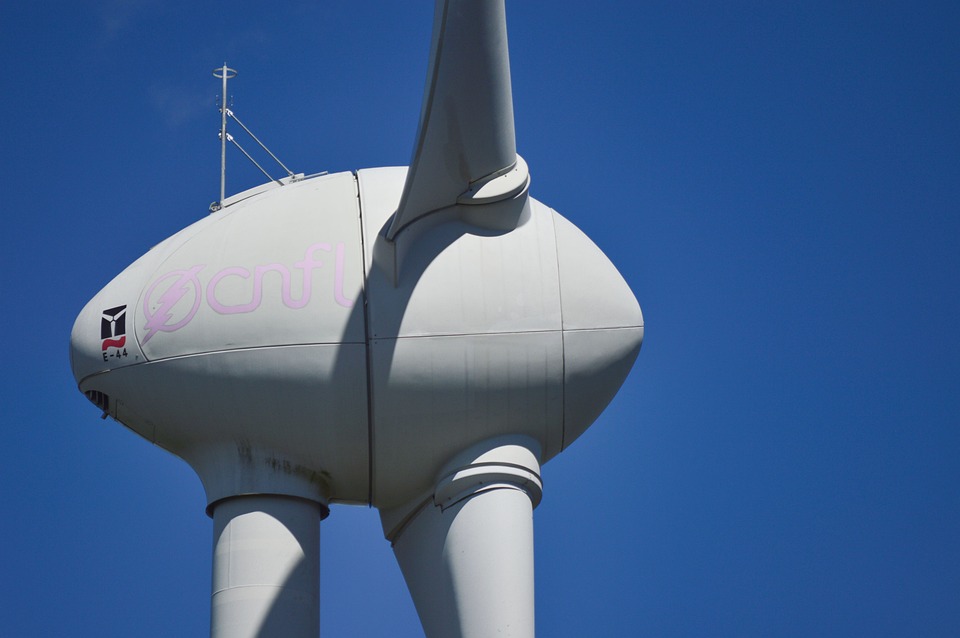Greening the Grid: Strategies for Renewable Energy Integration
Introduction
The world is undergoing a significant transformation as it shifts towards a low-carbon economy. Renewable energy sources, such as solar and wind power, are becoming increasingly important as countries strive to reduce their reliance on fossil fuels and mitigate the effects of climate change. However, integrating these renewable energy sources into the existing grid infrastructure is a complex challenge that requires careful planning and execution.
Challenges of Renewable Energy Integration
Variable Renewable Energy Sources
Renewable energy sources like solar and wind power are intermittent, meaning that their output varies depending on weather conditions. This variability can make it difficult to predict and manage the flow of electricity on the grid. Traditional fossil fuel-based power plants, on the other hand, can operate at a consistent level, making it easier to manage the grid.
Grid Infrastructure
The existing grid infrastructure was designed to handle the predictable output of fossil fuel-based power plants. However, the integration of renewable energy sources requires significant upgrades to the grid infrastructure, including the installation of smart grid technologies and energy storage systems.
Grid Stability and Reliability
The integration of renewable energy sources also raises concerns about grid stability and reliability. The variability of renewable energy sources can cause fluctuations in the grid frequency, which can lead to power outages and equipment damage.
Strategies for Renewable Energy Integration
Grid-Scale Energy Storage
Grid-scale energy storage systems, such as batteries and pumped hydro storage, can help to stabilize the grid by storing excess energy generated by renewable sources and releasing it when needed.
Smart Grid Technologies
Smart grid technologies, such as advanced weather forecasting and predictive analytics, can help to better manage the variability of renewable energy sources and optimize the flow of electricity on the grid.
Grid-Scale Solar and Wind Power
Grid-scale solar and wind power projects can help to integrate renewable energy sources into the grid by providing a consistent and predictable source of electricity.
Demand Response and Energy Efficiency
Demand response and energy efficiency programs can help to reduce peak demand and optimize the use of renewable energy sources.
Microgrids and Community-Scale Renewable Energy
Microgrids and community-scale renewable energy projects can provide a local source of renewable energy and help to reduce the reliance on the main grid.
Benefits of Renewable Energy Integration
Reduced Greenhouse Gas Emissions
The integration of renewable energy sources into the grid can help to reduce greenhouse gas emissions and mitigate the effects of climate change.
Improved Air Quality
Renewable energy sources produce no air pollutants, which can improve air quality and reduce the negative impacts of air pollution on public health.
Job Creation and Economic Growth
The renewable energy industry is creating new job opportunities and driving economic growth, particularly in rural areas where renewable energy projects are often located.
Increased Energy Security
The integration of renewable energy sources into the grid can improve energy security by reducing the reliance on imported fossil fuels and providing a local source of energy.
Conclusion
The integration of renewable energy sources into the grid is a complex challenge that requires careful planning and execution. However, the benefits of renewable energy integration, including reduced greenhouse gas emissions, improved air quality, job creation, and increased energy security, make it a critical step towards a low-carbon economy.
FAQs
Q: What is the most effective way to integrate renewable energy sources into the grid?
A: The most effective way to integrate renewable energy sources into the grid is through a combination of grid-scale energy storage, smart grid technologies, and grid-scale solar and wind power projects.
Q: How can we ensure grid stability and reliability with the integration of renewable energy sources?
A: Grid stability and reliability can be ensured through the use of grid-scale energy storage, smart grid technologies, and demand response and energy efficiency programs.
Q: What are the benefits of renewable energy integration?
A: The benefits of renewable energy integration include reduced greenhouse gas emissions, improved air quality, job creation, and increased energy security.
Q: How can we overcome the challenges of renewable energy integration?
A: The challenges of renewable energy integration can be overcome through the use of advanced technologies, such as energy storage and smart grid systems, and through the development of new business models and policies that support the integration of renewable energy sources into the grid.


_1.png?w=150&resize=150,150&ssl=1)

_1.png?w=150&resize=150,150&ssl=1)
_1.png?w=150&resize=150,150&ssl=1)

